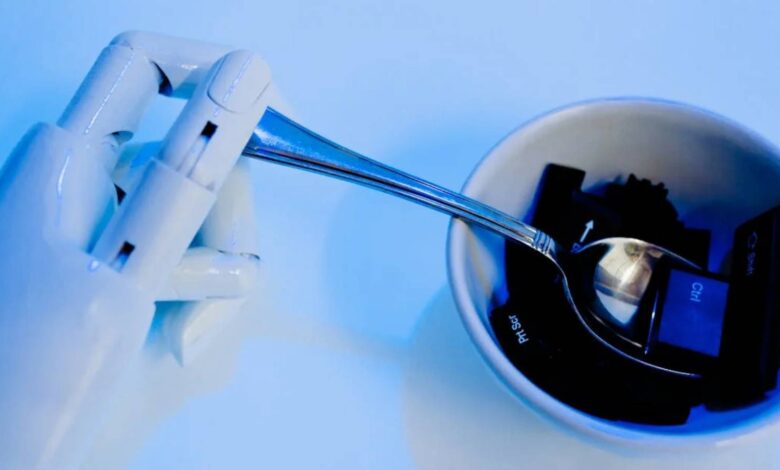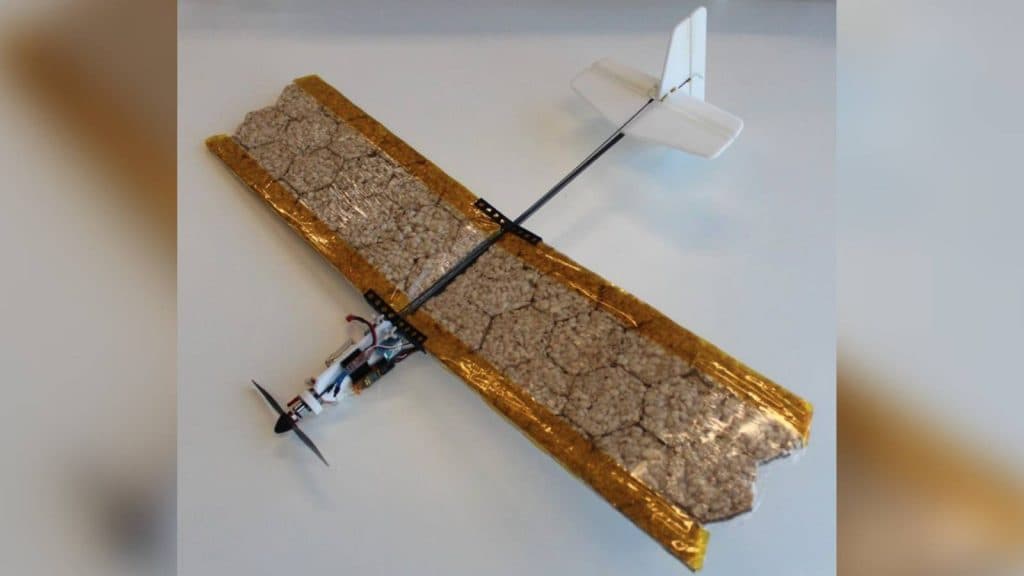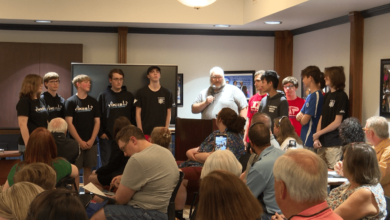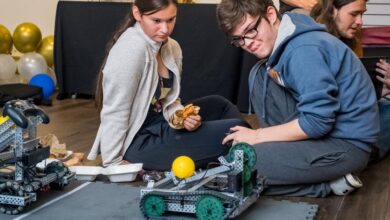Edible robots could end up on a menu according to scientists

Fully edible robots could soon be a reality, according to scientists behind a project to create truly edible robots and robotic food.
Food and tech are intrinsically linked. Whether it’s in the increasing amount of high-tech kitchen gadgets, or that you can have just about any food you desire delivered to your door through the touch of a button on your smart device.
Now, one group of scientists is bringing food and tech together in a brand-new way, by creating edible robots and robotic food.
A team of scientists, from the Swiss Federal Institute of Technology Lausanne (EPFL), including experts from Wageningen University, the University of Bristol, UK, the Italian Institute of Technology, and the Netherlands came together to develop “RoboFood”, a project aimed at laying down the foundations to develop the”truly edible robots” and robotic food.
It’s hoped that by combining food science and robotic science, edible robots could provide lifesaving nutrition to humans, supply vaccines and supplements to endangered animals, reduce farming waste, and even warn us when the food itself is safe to eat.
Director Dario Floreano was inspired by a comment made by fellow researcher Jun Shintake to create the project. Shintake noted that “the main difference between robots and living systems is that robots can’t be eaten by other life forms.”
This then developed into RoboFood as it’s known today. Which aims to create a library of smart edible materials, develop the manufacturing of edible robots and robotic foods, and even create edible components including sensors and “mechanical structures.”
The RoboFood project has received funding from the EU. While it’s expected to run through September 2025, according to the official European Union website, the team has already discovered worthwhile edible replacements for materials.
According to Techtimes, the researchers at RoboFood discovered that starch and tannin can make an ideal glue replacement, meanwhile, substances such as gelatin and rice cookies can replace rubber and foam.
 RoboFood
RoboFoodAs it stands, RoboFood has also already produced a drone made of rice cakes that is held together with edible oils and chocolates. The drone was 50% edible, and inspired by the idea that a drone could not only be used to help locate a lost person or animal but actually provide the nutrients needed in an emergency.
If you’re hungry for more, you can check out the RoboFood official website, and keep up with their latest projects and innovations.



